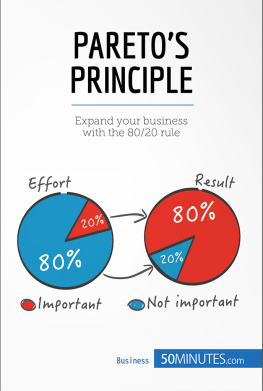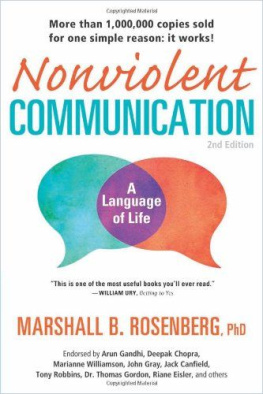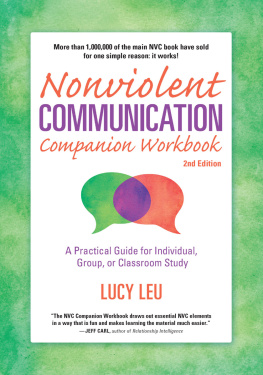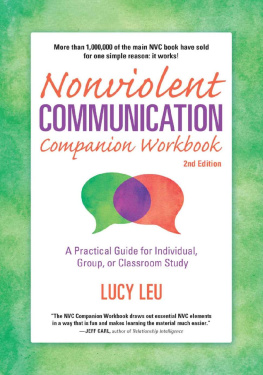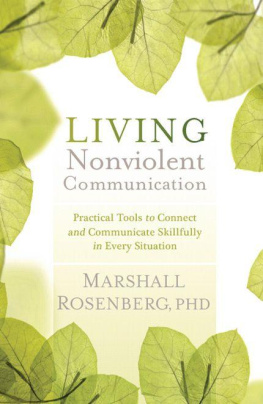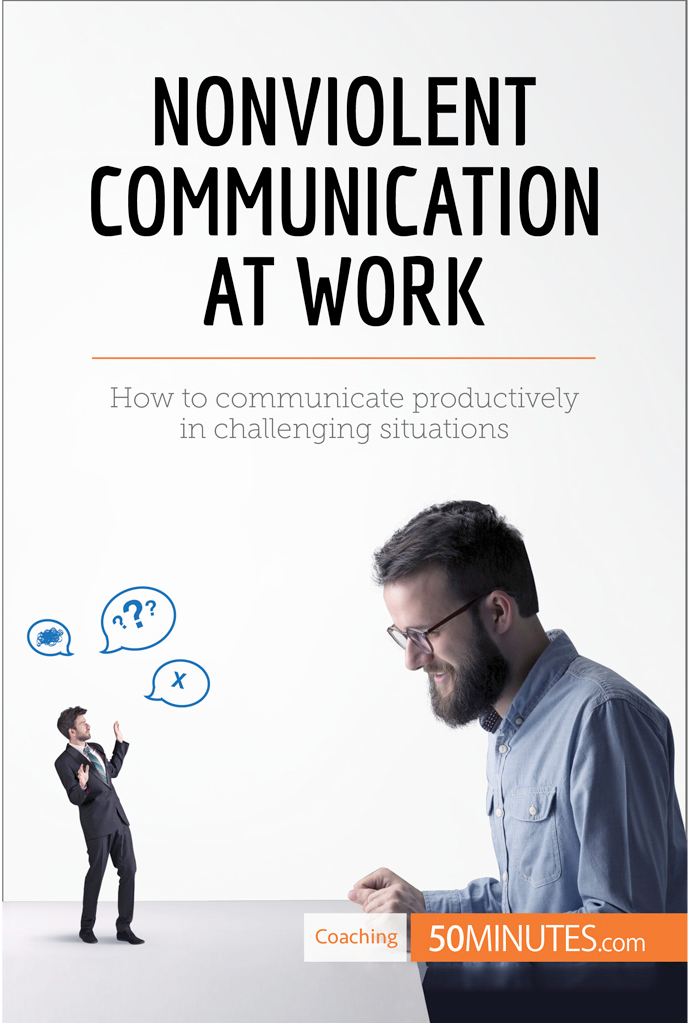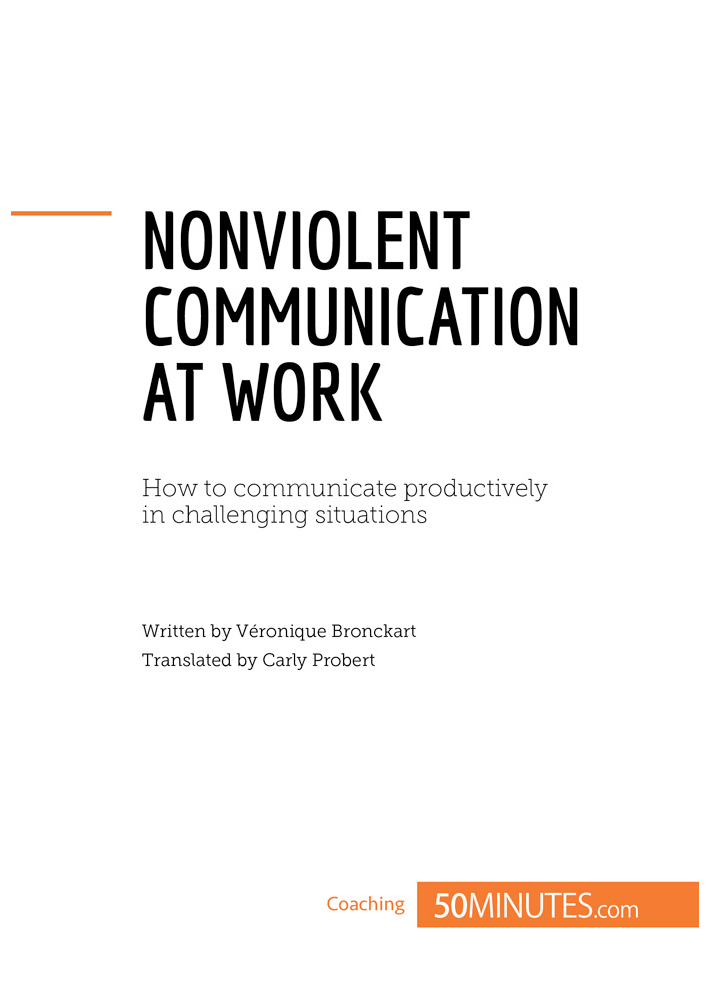Nonviolent communication at work
- Problem : What attitude should be adopted in order to use nonviolent communication in business?
- Uses: Preventing violence, addressing conflictual situations constructively, promoting collaboration and optimising professional relations.
- Professional context: Professional relations, team management, teamwork, personal and professional development.
- FAQs:
- What is nonviolent communication?
- How can nonviolent communication help me?
- Is nonviolent communication helpful in the case of conflict?
- How can I set up a process of nonviolent communication?
- Who is involved in nonviolent communication?
- How can nonviolent communication impact my professional life?
Whether in our personal or professional lives, we all eventually face various kinds of tensions. Involving opposing interests or different viewpoints between people, conflict which is often emotionally charged deserves our attention. Although it is far from pleasant, conflict can be useful as long as we learn to communicate and bring out the positives in the situation: indeed, through conflict we learn, we change and we build our relationships with others.
Yet all too often we tend to adopt a bad attitude towards these disputes. This can result in even more negative consequences than the initial conflict: relational, physical or psychological violence directed towards others or against ourselves. But why do we act in this way? How can we learn not to react instinctively when faced with a disagreement? How can we optimise our social and professional relationships to enable us to work together peacefully?
Try using nonviolent communication to seek rational and constructive responses to your relationship problems. Get yourself out of the vicious cycle of unhealthy exchanges marked by anger, revenge and violence, and become aware of your feelings, desires and actions!
The key to nonviolent communication at work
What is nonviolent communication?
A question of terminology
Communicating non-violently implies that the speaker shows empathy, compassion, cooperation and respect towards the person they are addressing. They are caring towards themselves and towards others. The term non-violence was popularised by Gandhis (Indian spiritual guide, 1869-1948) movement and referred, at the time, to interacting with one another without causing harm. This concept is based on two assumptions:
- all individuals experience basic needs;
- each of them is able to accommodate others.
Definition
Nonviolent Communication (NVC) is a registered trademark that brings together concepts and methods developed by American psychologist Marshall B. Rosenberg (1934-2015) in the 1960s. He defined it as a mode of communication involving language, thinking and skills in terms of communication, whilst allowing the individual to stay true to themselves. It involves two parts the self and the other and is organised around four essential steps based on observation, feeling, need and demand.
Extra information
To avoid using the term violence, which can sometimes be misinterpreted, we also speak of conscious or empathetic communication.

The goal is to improve communication through the development of neutral attitudes, such as listening, observing and identifying your own feelings and needs, as well as those of others. But beware, this does not mean establishing rules that must be followed at all costs, but understanding and establishing benchmarks that will teach you to express yourself in a caring manner.
Remember
There are three ways to use nonviolent communication, including:
- communicate with yourself to understand what you do (self-empathy) and identify your own needs;
- communicate with others by promoting understanding and acceptance of messages;
- receive messages from others and listen so as to facilitate dialogue.
What is its purpose?
We have all learned to speak, but not necessarily to communicate. Our relationships too often degenerate into power relationships, whether in our personal or professional lives.
Given these findings, nonviolent communication teaches us to analyse the behaviours, needs and desires of one another and to better express them. Thus, it improves our way of communicating and resolving conflicts constructively and positively, by negotiating compromises and thus fighting against rivalry and favouring collaboration. To do this, it uses assertiveness based on authenticity, which means daring to express how we feel and what we want deep down in order to meet our own needs and values, while preventing our unconscious emotions, such as shame, guilt or duty, from resurfacing.
Establishing this practice in a company helps to improve the welfare of the individuals within it and, consequently, their performances. It is especially useful in times of stress and crisis. These are indeed key moments, during which managers and employees need to communicate positively to build relationships of trust and cooperate satisfactorily.
Nonviolent communication limits power games and soothes tensions within the team. Meanwhile, it re-motivates individuals and clarifies your relationship to yourself when you are overwhelmed with emotion.
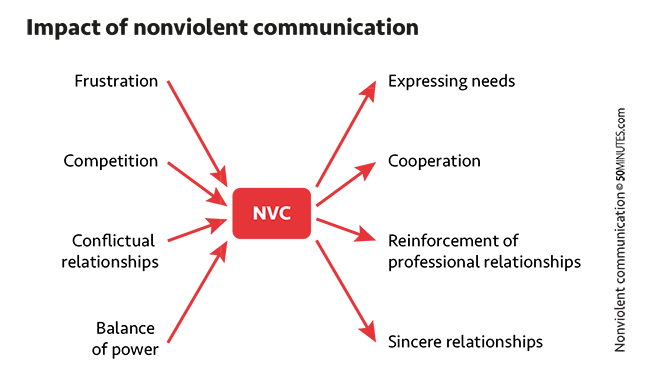
The stages of nonviolent communication
Four phases are necessary for the success of nonviolent communication in conflict resolution: observing, expressing feelings, expressing needs and asking. It is important to follow this path.
Observing
The first step is to observe a fact or a specific behaviour that affects our wellbeing. This allows us to consider the situation objectively and without judgment, and to question what bothers us. This means we can identify different things, such as:
- objective observations (which could be detected without drawing conclusions)
- assessments
- interpretations.
These last two are legitimate and can be expressed, as long as it is made clear that they are subjective and not real. Therefore, they should be distinguished from objective observations. It is advisable not to carry any real judgment on the person, for risk of offending them, which would bring any discussions to an end.
Recommended formulations:
Ive noticed that the report is not finished yet. Here, we focus on an observed fact. Conversely, the remark I see that you have not finished the report yet can be seen as a personal criticism with an underlying message such as You are taking too long on that report, It is your fault, etc.
Again, Your files are not organised will be better received than You are really disorganised, you leave your files everywhere!.
Finally, I noticed that your sales figures were lower this week is preferable to You did not deliver good sales figures this week!, because that sentence makes a judgement on the abilities of the other person.







